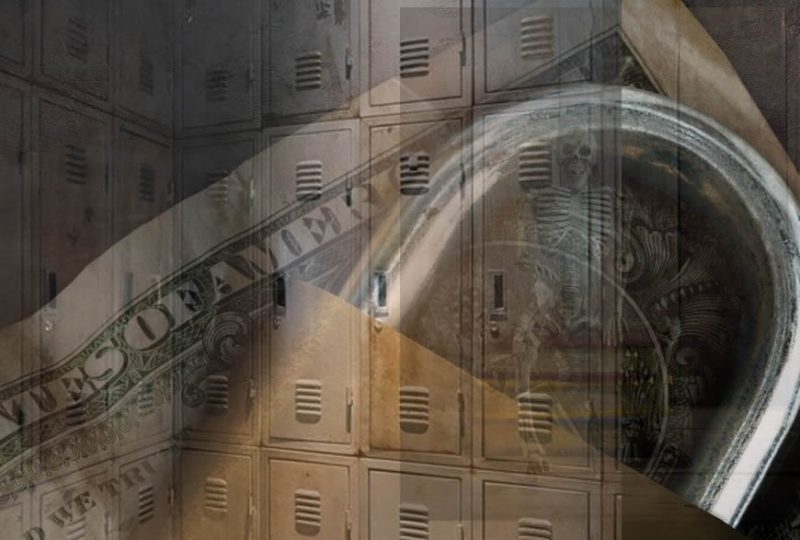You don’t often think of a professional clarinet player becoming one of the most powerful people in the world, but that is what happened.
As his days on the planet become short, there is a scramble for all of his journals and diaries.
He knows where all the bodies are buried on both sides of the aisle.
Alan Greenspan
Chair of the Federal Reserve
Source: Crazy Days and Nights
Alan Greenspan is a prominent figure in American economic history, known for his long tenure as Chairman of the Federal Reserve, the central banking system of the United States.
He studied music at Juilliard and embarked on national tours as a saxophonist and clarinetist with The Henry Jerome Orchestra.
- Alan Greenspan served as the Chairman of the Federal Reserve from August 11, 1987, to January 31, 2006, making him one of the longest-serving chairmen in the history of the Federal Reserve.
- Before his appointment to the Federal Reserve, Greenspan had already established a successful career as an economic consultant, running his own firm, Townsend-Greenspan & Co., from 1954 until his appointment as Fed Chairman in 1987.
- During his tenure at the Federal Reserve, Greenspan was widely credited with navigating the U.S. economy through several significant financial crises, including the stock market crash of 1987, the savings and loan crisis, and the dot-com bubble.
- He was appointed Chairman by President Ronald Reagan and was subsequently reappointed by Presidents George H. W. Bush, Bill Clinton, and George W. Bush, serving under four different presidents from both political parties.
- Greenspan was a key proponent of deregulation in the financial industry, advocating for the loosening of restrictions on financial institutions and markets during his time in office.
- He implemented a monetary policy strategy that focused on managing inflation through the manipulation of interest rates, a strategy that has influenced Federal Reserve policy-making to this day.
- Under his leadership, the United States experienced its longest peacetime economic expansion, from 1991 to 2001.
- Greenspan was known for his cautious and often cryptic public statements, which financial analysts and markets scrutinized for hints about future monetary policy decisions.
- After leaving the Federal Reserve, he faced criticism for his role in policies that were believed to have contributed to the 2008 financial crisis, particularly his support for low interest rates and deregulation of the financial sector.
- On January 31, 2006: Retired from the position of Federal Reserve chairman.
- In 2006: Established the consulting firm Greenspan Associates.
- On September 17, 2007: Published the book “The Age of Turbulence: Adventures in a New World.”
- On October 22, 2013: Released the book “The Map and the Territory: Risk, Human Nature, and the Future of Forecasting.”
- In October 2018: Co-authored the book “Capitalism in America: A History” with Adrian Wooldridge.
Read more on these Tags: Alan Greenspan










